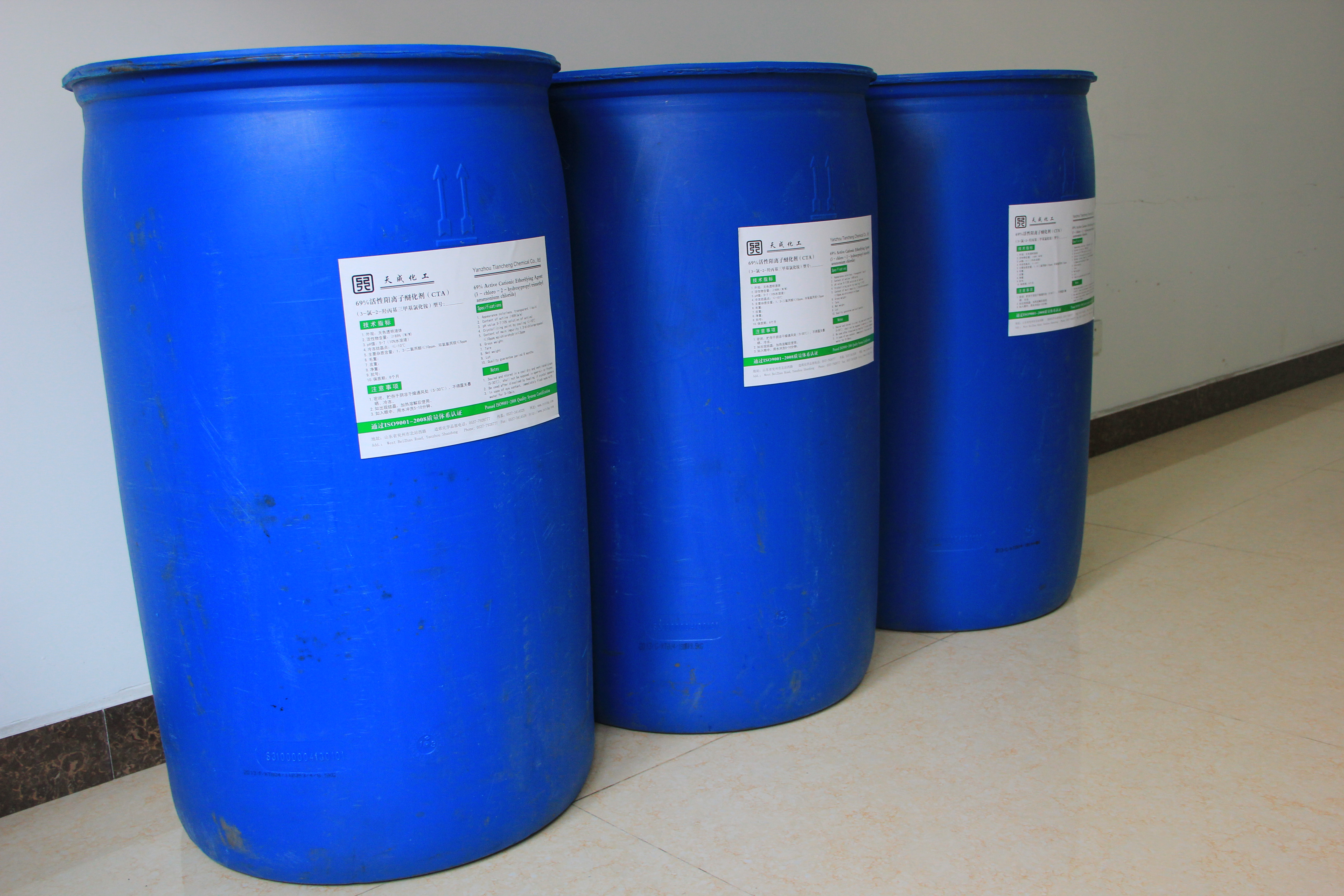Fish pond fertilization taboo
A rainy day to avoid fertilizer. The photosynthetic activity of phytoplankton in rainwater bodies is not strong, and the absorption capacity of nitrogen, phosphorus and other elements is poor. The amount of water is large and the effective concentration of fertilization is low. When flooding, the loss of fertilizer is large.
Second bogey hot days fertilization. When the weather is hot, the dissolved oxygen in the water is low, and the organic oxygen consumption in the water increases after fertilization, which can easily cause the pond to pan due to lack of oxygen.
Three taboo water fertilization. When the water body is too turbid, it indicates that there are too many clay minerals in the water body. Part of the ions of the fertilizer are easily adsorbed, fixed and precipitated by the clay particles, which can delay the release of fertilizer efficiency and cause loss of fertilizer efficiency.
Four bogey fertilizer single application. The main purpose of fertilization is to cultivate phytoplankton that fish digest easily. Plankton absorption of nutrients generally requires a ratio of 4:4:2 for nitrogen, phosphorus, and potassium. If a certain chemical fertilizer is applied alone, it will limit the full use of fertilizer.
Five bogey blind mix. Not every fertilizer can be mixed. If lime is applied, it is best to wait 10 days and a half months before applying calcium phosphate to avoid loss of fertility.
Six bogey heat season fertilization. Fish pond fertilization should be carried out at noon on a sunny day at a water temperature of 25 to 30°C. When the water temperature exceeds 30°C, it should be stopped and less fertilized.
Seven bogey solid fertilizer application. Dry nitrogen and phosphorus fertilizers are granular and have a short residence time on the surface of the water. They can easily sink to the bottom and affect fertilizer efficiency. Generally when the solid nitrogen fertilizer is used, it should be dissolved and then splashed on the whole pool.
Eight bogey fish feeding or outbreak fish disease fertilization. When fish do not eat well, they will not be able to be used in a timely manner, and it will be easy to spoil the water quality. When outbreaks occur, the fish's body resistance will be weakened. If the ammonium nitrogen fertilizer is applied more, fish poisoning can easily occur.
Nine bogey over-fertilization. Excessive application of ammonium nitrogen fertilizer will lead to excessive accumulation of ammonia in the water, resulting in fish poisoning; over-application of organic fertilizer will increase the oxygen consumption of organic matter in the water, and easily lead to oxygen-deficient pan. Therefore, when fertilizing, do not plan to save time, once the fertilizer will be sufficient, generally require 3 to 5 days to apply topdressing once.
After ten bogey fertilization, let go of surface water. After the fertilizer is applied to the water body, it undergoes a series of physicochemical reactions and it is transformed into plankton after 3 days. If the surface water is released after fertilization, the fertilizer effect may be reduced.
Fixative (dye-Fixing Agent)
Active Ingredient: Quaternary ammonium salt cationic surfactant
Chemical Name: Formaldehyde-free Fixing Agent
Chemical Family: PolyDADMAC
CAS No.: 26062-79-3
1.Formaldehyde-free Fixing Agent
2.Has no free formaldehyde,no peculiar smell,no irritation to skin, accord to eco request
[Description]:
Formaldehyde-free Fixative Color Fixing Agent is belongs to polymerization polyDADMAC, a cationic polymer. It can make up of macromolecular compound with dye, then achieve to improve soaping and rub fastness of fabrics. It can be used for color fixing for dyeing and printing of reactive dyed fabrics as cotton, linen, silk, and direct dyed fabrics.
[Specification]:
Appearance: Brownish yellow viscous liquid
Ionic character: Cationic
PH Value: 5-8 (1% aqueous solution)
Dissolution: Dissolve in cold water easily.
Composition: Special polymer compound
[Dilution Method]:
With 4-6 times the water and stir to dissolve dilution.
[Direction for Usage]:(To dilute finished product as an example)
A. Padding Process: 5-20g/L, temperature 40°C-60°C, PH Value:5-8, One-dip-one-nip or Double-dip-double-nip.
B. Dipping process: 1-4% (O.W.F), Room temperature 40°C-60°C, PH Value:5-8, bath ratio:1:8-12,Time: 20-30 min.
[Properties]:
1. Concentrated Formaldehyde-free Fixative Fixing Agent has good color fixing property, can obviously improve the dyeing or printing of fabric soaping, washing fastness and wet rubbing fastness.
2. Can be used for much of the association between dye fixation, anti fading property, does not affect the dyeing or printing of fabric vividness. No effect for the original feel, processing fabric has excellent hydrophilic.
3. Formaldehyde-free Fixative widely used for dyeing or printing of the direct, active dye fixing finishing, good fixation effect, especially for the red dye and Cuilan dyes, particularly prominent, fixation is better than the general Formaldehyde-free Fixative.
4. The dye PH value for a wide range, acid, alkali resistance, resistance to hard water, high temperature resistance, an environment-friendly products, does not contain formaldehyde.
|
Specifications: |
|
| Appearance: | Colorless, Transparent Colloid |
| Viscosity: | 100cps-80000cps |
| Solid Content: | 40%min. |
| PH (30% solution): |
3 - 7 |
| Ionic Nature: |
Cationic |
| Specific Gravity: | About 1.1 |
|
Package and Storage:
|

Fixative,Dye-Fixing Agent,Organic Dye-Fixing Agent,Reactive Dye-Fixing Agent
Shandong Tiancheng Chemical Co., Ltd. , https://www.tianchengchemical.com